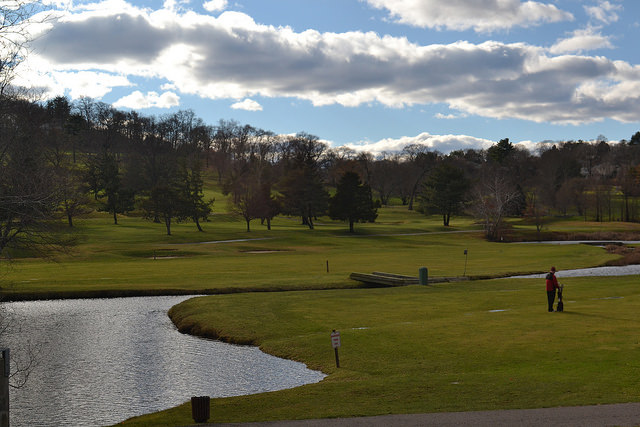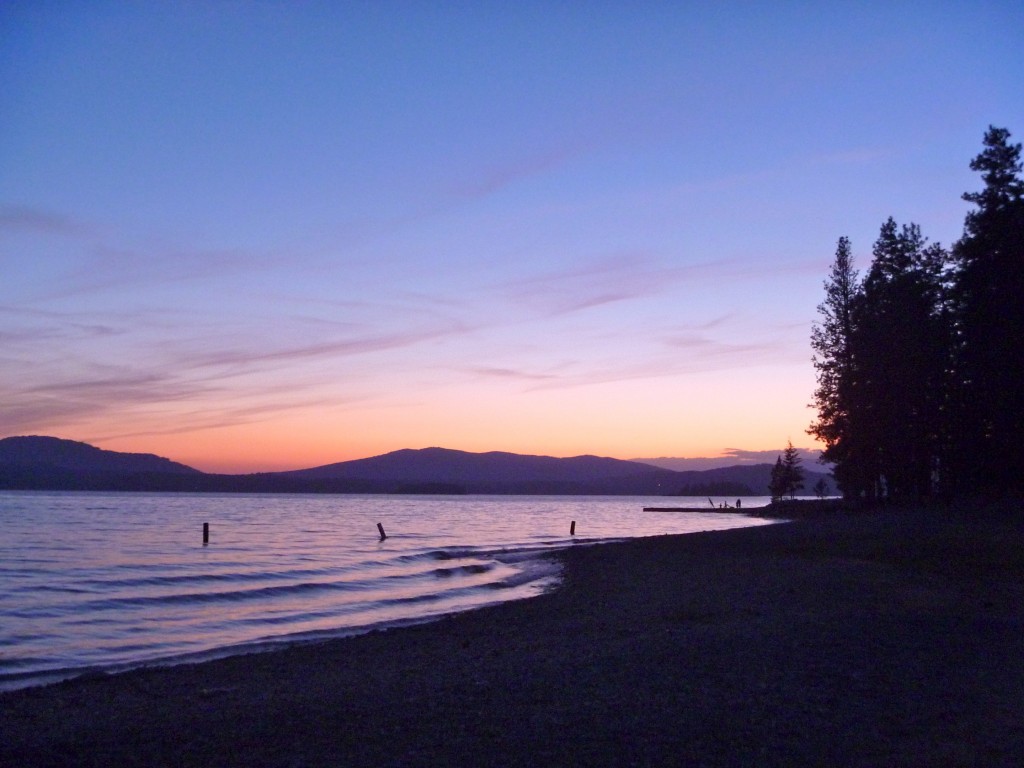
This post is about a weekend away in the dreamy seaside town of Prachuap Kirikhan, a few hours south of Bangkok. Tucked away in picturesque Prachuap Bay, the small fishing town of Prachuap Kirikhan is surrounded by spectacular natural beauty, with dramatic limestone outcrops framing an expanse of tranquil turquoise waters, punctuated only by colourful fishing boats bobbing on the waves.
Prachuap has yet to develop the dominant tourist industry of neighbouring town Hua Hin, and remains cheaper, more authentic and more true to Thai life. As such, while the town does rely on tourism, it is mainly from neighbouring cities like Bangkok, and it also has a strong local fishing industry which furnishes the many seafood restaurants along the front with fresh seafood.

The first stop for many weekend visitors is the bustling night market that stretches along the prom after dark. There is no better way to acquaint yourself with the intimacies of local life than a leisurely stroll through this hive of activity. From puppies to massages, and beachwear to Thai delicacies, you can find a diversity of goods here that makes for an interesting and engaging introduction to the locality. I found it to be far more worthwhile than the much hyped night bazaar of Chiang Mai, which seemed to offer much of the same mass purveyed wares that could be found anywhere. The range of food available here offers a great opportunity to sit on the waterfront and enjoy an evening meal overlooking the waves.
The next morning, we decided to take a trip to the temple that was situated on a large hill overlooking the town. Overrun with macaques, the monkey temple Chong Khra Chok offers a challenging ascent up a monkey-infested hill to appreciate a supposedly magnificent view above the city. Not that I would be appreciating such a vista.

An early start was necessary to conquer the hill before the heat of the day made the climb intolerable, so we rolled into the carpark opposite at around seven am, past a group of monkeys loitering at the base of the hill awaiting their daily feed.
On parking the scooter, a kind and wizened old thai lady suggested we move it slightly so she might keep a watchful eye over it, gesturing to the gnawed cover of her own scooter as a warning!
After a few words in Thai, she then pressed a slingshot into my hands, miming the motion I would need to scare away any particularly territorial monkeys who might block our way.
So it was, flanked by soi dogs acting as stalwart security guards, and followed by a guide casting hunks of corn to distract and allow passage, we began the journey up to the monkey temple.
The stairs wound up the hill past curved temple roofs and through trees and undergrowth, around which swarmed tribes of macaques, preening, fighting, playing and protecting their young.

Our guide informed us that the monkeys were increasingly hungry towards the top, where a single solitary monk lives and feeds them once a day. As such, the monkeys relied on the guides who conveyed visitors up the hill to provide them with food.
Luckily the slingshot proved effective at startling any mischievous monkeys who ventured a little too close for comfort.
That was until we met a suspicious character, who the guide later informed us was a particularly fearless individual!
As we approached the stairs he sat motionless on the stone wall. Cleaning himself, preening, but watching our approach with eyes wide open.
A moment later we were too close, and suddenly he was prancing and snarling on the bannister, hissing and showing his teeth. His body coiled like a spring, ready to hurl himself onto my shoulder and sink his teeth into my neck!
Confronted with this I backed away slowly until out of jumping range! And then retreated back to the guide who was feeding monkeys just down the stairway, crying ‘ban ban’ come come eat monkeys!
At this point the slingshot went firmly in the pocket. Having witnessed a peaceful man walk past with only his sun umbrella for protection, I saw that walking peacefully was the way to go. An obvious lesson for most perhaps, but fear begets fear, and peaceful coexistence was my goal.
With this in mind I decided to have a go feeding the monkeys. The guide offered me a bag of pellets which I initially scattered on the floor, and then placed a few into my open hand for the curious monkeys to scoop out into their mouth. The monkeys swarmed around hungrily eating up the pellets.

I could see the timidity in their eyes, the babyish, almost human concern. I was overwhelmed with a strong sense of kinship. I could feel the hunger in their eyes.
Suddenly, feeling a movement behind me, I became aware that the bag of food pellets i had clutched to my side was gone. A swooping monkey had taken the opportunity to relieve me of it.
Looking up, I noticed on my hand a small scratch was drawing blood, and I began to feel a little faint. Blood was rushing to my head, and I suddenly I needed desperately to sit down. At once the concern of being surrounded by strange mammals was replaced by a sense of utter loss of control. Dizzy and dry-mouthed, my head was swimming.
Sitting on the steps, I took a few moments to rest and gather my thoughts. A few deep breaths later, and after some reassurance by our guide in soft Thai tones, I felt ready to continue, but decided to retreat down the steps, leaving the temple for another day.
The monkey in question was blind in one eye. He had not intended to scratch me. He was hungry, unable to hunt effectively because of his disability, and his poorly aimed swipe was the result of desperation.
At the base of the hill vendors cleaned the small wound with alcohol and offered reassurance. ‘mai pen rai’ no worries! However, being a concerned, hypochondriac westerner, I wanted professional confirmation, and a hospital visit later that day subscribed me to a course of rabies vaccinations and an insight into the efficient medical facilities of Thailand.
Later that morning we visited Wat Aao Noi, a hillside cave overlooking a fishing cove, containing a huge statue of a reclining Buddha. At the foot of the hill stood a magnificent teak temple, aside a lake bristling with carp and catfish.
We ascended up a broken stairway to a mysterious cave. A hole in the hill occupied only by stray dogs and buddha statues.the silence was an extraordinary contrast to the forest humming with life outside.
After a tiring morning of exploration, it was necessary to recuperate, and a taste of familiar western food. Sitting on the seafront metres from the shore, Pizza Khiri Khan is a small pizza restaurant running out the bottom of the owners home, a charming and helpful proprietor.

We had visited the restaurant the evening before at closing time, and on seeing the disappointment in our faces when we realised food was no longer being served, agreed to open up early for an exclusive meal the following lunchtime.
This was a great opportunity to enjoy homemade pizza. And sitting on the verandah amongst the palms watching the waves, the setting was unbeatable.

Any visit to Prachuap is incomplete without a refreshing dip in the bay. Ao Manao is a sheltered beach set within an air force base to the south of the town. Although signing in to a military checkpoint in flipflops and beachwear is quite novel and a little disconcerting, it means that the manicured grounds provide a majestic parkland setting to the white sands of the beach itself, which is fringed with fragrant pine trees providing shade.
The shallow waters of the bay stretch out into the distance providing a basin of water that is so warm to the touch on entering it feels like bathwater, gradually cooling as you tread further into the bay.
Infact they were so inviting I decided to paddle out into the centre of the bay, and was swimming away feeling blissfully free when I noticed my baggy swimming shorts had come loose, and before I knew it were adrift, rapidly sinking from sight into the increasingly murky waters.

A moments freedom, as warm and inviting as a baby in the womb, and then panic! My black shorts had sank out of sight, and no amount of scouring the sandy bottom with my feet was finding them.
An embarrassing predicament. I began to ponder the options in my mind. Cast away my dignity and crawl up the beach shielding my dignity with my hands, casing controversy on this sweetly serene beach!
Surely not. I would have to find a remote cove and crawl out, but what then without shorts! In an airbase! As my predicament became increasingly real a panic rose in my belly. As naked as a baby in the womb, i would soon have to crawl out, visible to the world in all my glory!
In my confusion I called out to my companion, who was swimming over on the other side of the bay. Refusing to believe me, she swam over, and by the grace of god happened to catch my drifting shorts in her doggy paddle!
After plenty enough excitement for one day, it was time to board the minivan back to Bangkok.




 Hi again, Drew here, co-founder of Horizon…
Hi again, Drew here, co-founder of Horizon…























